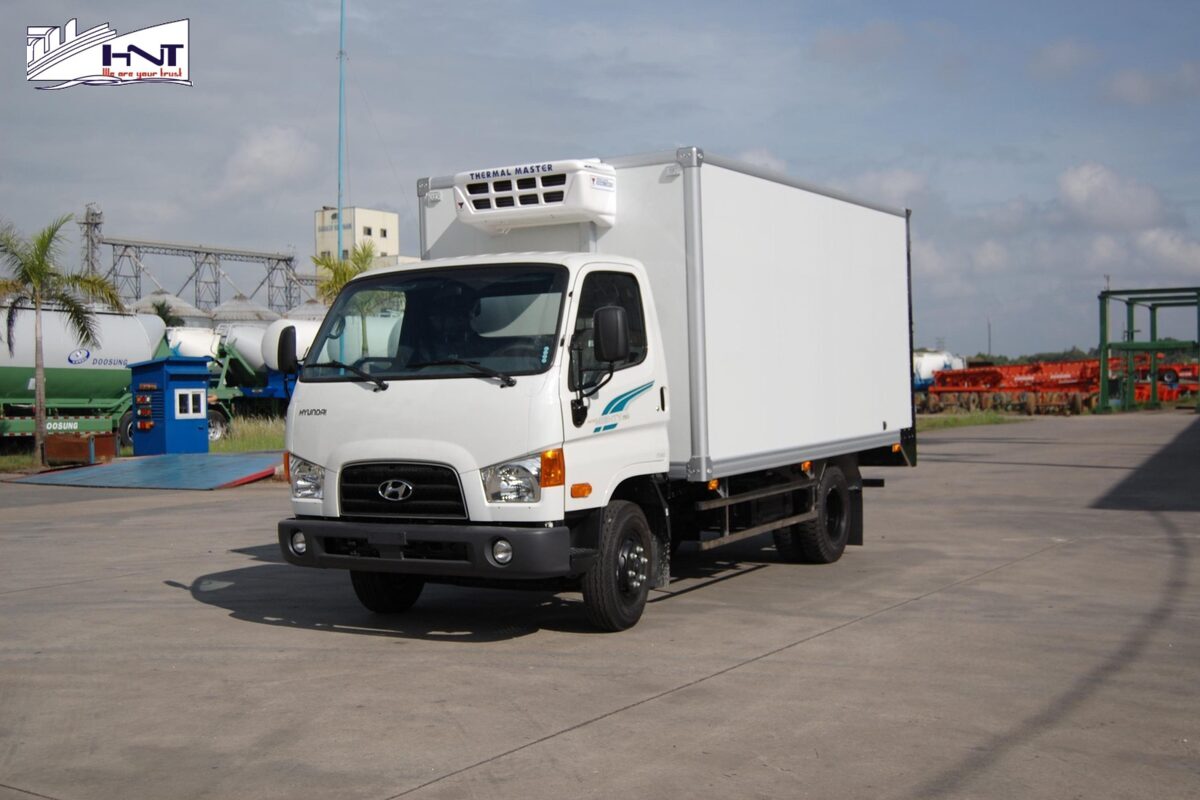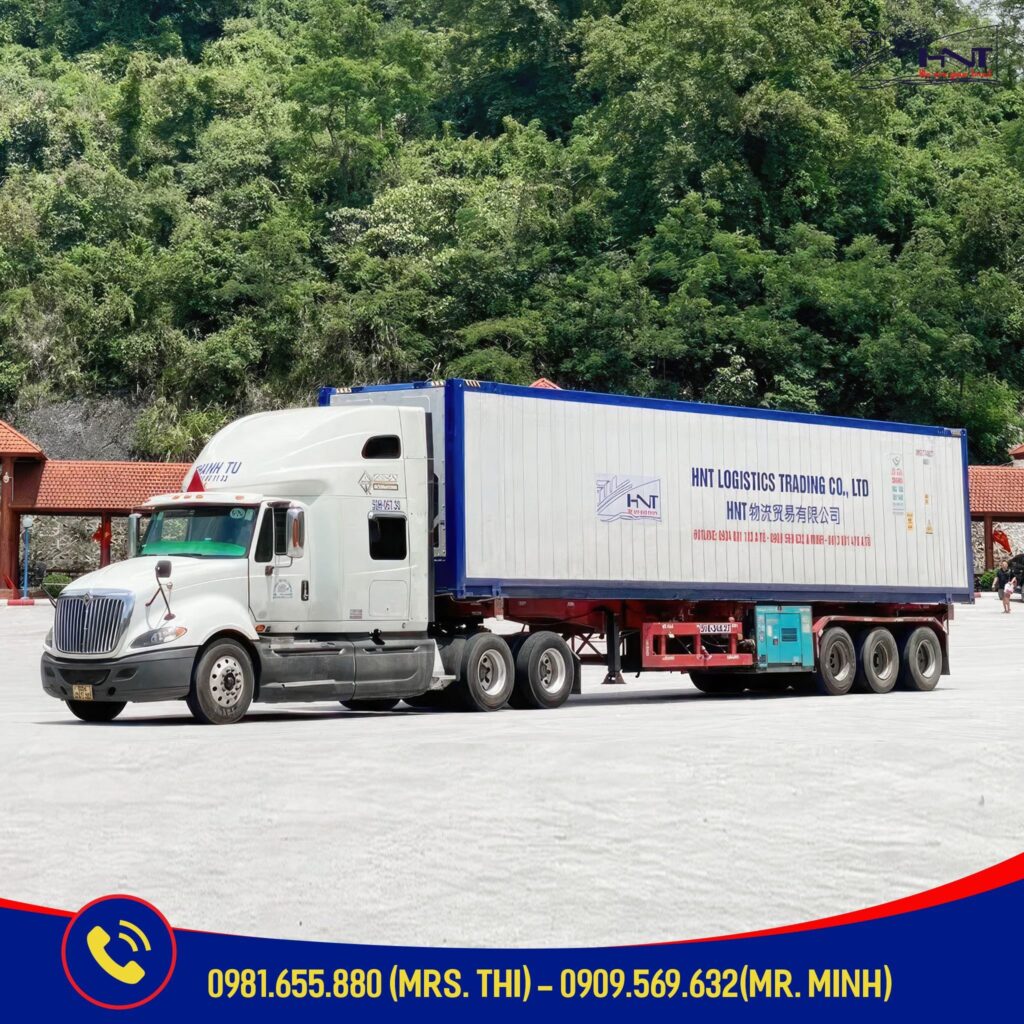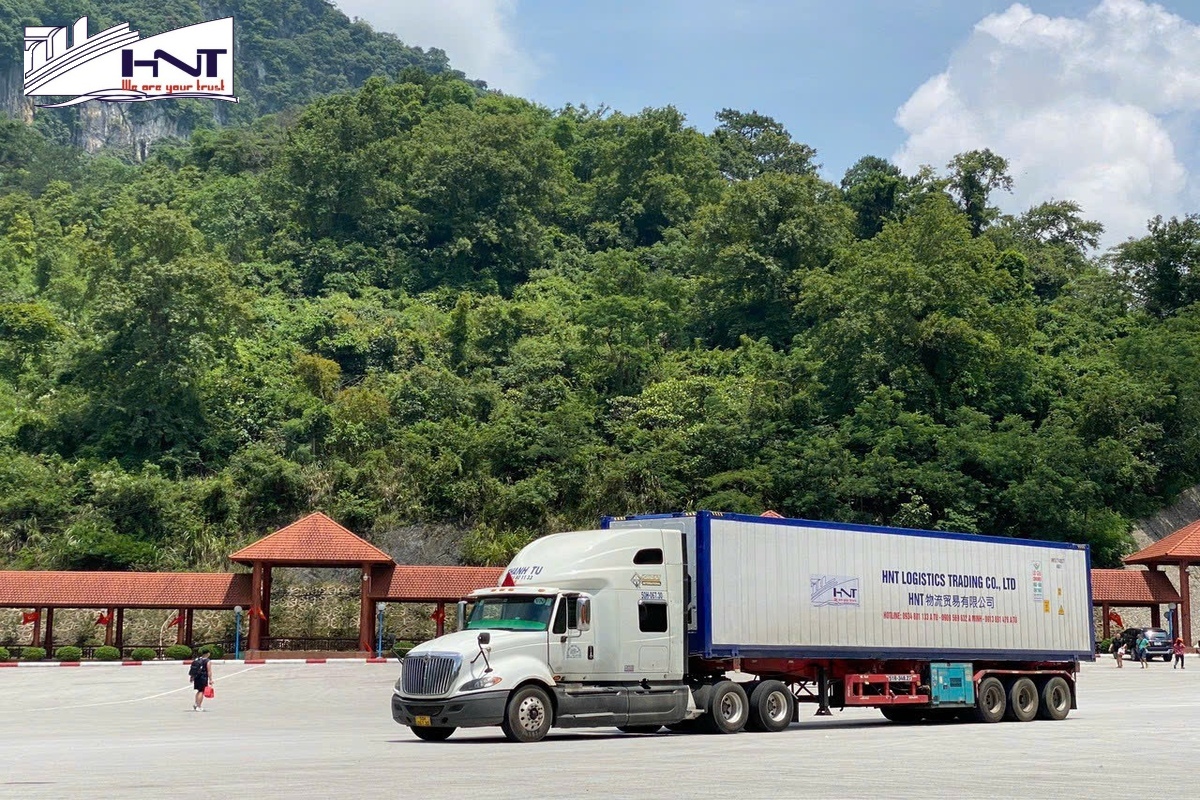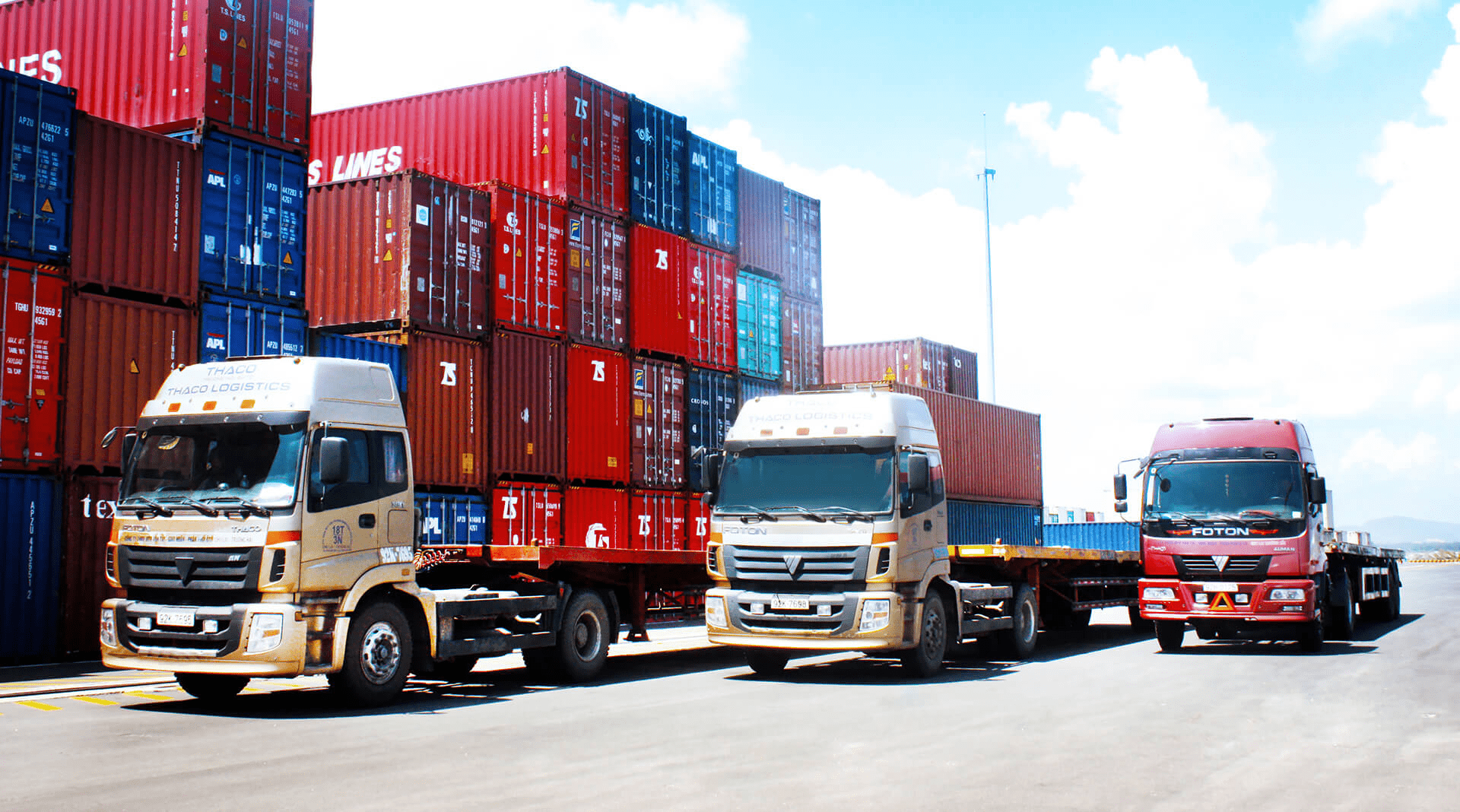Transporting frozen goods domestically involves moving items that have been preserved at low temperatures. Common frozen goods include food, pharmaceuticals, and chemicals. So, what is the process for transporting frozen goods? Which service provider should you choose for affordable domestic frozen goods transportation from North to South and vice versa? Let’s explore through the following article!
Domestic Frozen Goods Transportation Service from North to South – Essential for Goods Circulation
Frozen goods for transportation are items preserved at temperatures below 8°C. Common types of frozen goods include:
- Food: meat, fish, seafood, vegetables, milk, eggs, etc.
- Pharmaceuticals: vaccines,medicines, etc.
- Chemicals: biological chemicals, industrial chemicals, etc.
Main Means of Transporting Frozen Goods Domestically

This is the fastest and safest method for transporting frozen goods
Transporting frozen goods requires strict requirements regarding temperature and transportation time. If not properly preserved, frozen goods can spoil, lose quality, or even become dangerous to consumers.
There are two common methods for transporting frozen goods domestically: by road and by air.
Road Transportation
This is the most common method for transporting frozen goods in Vietnam. Its advantages include low cost, flexible transportation times, and the ability to transport large volumes of goods.
However, its disadvantages are longer transportation times compared to air transport, and a higher risk of collisions and damage to goods.
Air Transportation
This is the fastest and safest method for transporting frozen goods. Its advantages include short transportation times, stable temperature preservation, and lower risk of collisions and damage.
However, its disadvantages are high costs, limited volume capacity, and it cannot transport all types of frozen goods domestically.
Requirements for Transporting Frozen Goods

This is the fastest and safest method for transporting frozen goods
Transporting frozen goods requires strict requirements regarding temperature and transportation time. If not properly preserved, frozen goods can spoil, lose quality, or even become dangerous to consumers.
The Importance of Domestic Frozen Goods Transportation
Transporting frozen goods domestically is crucial for ensuring the supply of frozen items to consumers nationwide. Specifically, transporting frozen goods has the following roles:
Ensuring Goods Quality
Frozen goods need to be preserved at low temperatures to ensure quality and food safety. Transporting frozen goods helps maintain the appropriate preservation temperature, prevents bacterial growth, and keeps goods fresh and safe upon reaching consumers.
Serving Consumer Needs
The demand for frozen goods is increasing, especially in major cities. Transporting frozen goods helps deliver these items directly to consumers, meeting the growing consumption needs.
Economic Development
Transporting frozen goods helps boost economic development, create jobs, and increase income for people.

The affordable North-South frozen goods transportation sector is rapidly developing, creating numerous job opportunities for domestic workers.
Reducing Food Waste
Transporting frozen goods helps minimize food waste, as frozen items can be preserved for extended periods while maintaining quality.
Transporting frozen goods is an important activity that contributes to ensuring the supply of various frozen goods to consumers, promoting economic development, and reducing food wastage by redistributing surplus food to areas in need of food resources.
Key Factors in Domestic Frozen Goods Transportation
Several factors need to be considered when transporting frozen goods domestically, including:
- Transportation Temperature: The transportation temperature for frozen goods must always be maintained below 8°C.
- Transportation Time: The transportation time for frozen goods should not be too long to avoid damaging the product quality.
- Transportation Means: The transport vehicles must be equipped with specialized refrigeration systems to ensure appropriate preservation temperatures.
- Packaging: Frozen goods must be carefully packaged to prevent damage during delivery.
Businesses dealing with frozen goods should choose reliable transport providers with experience in frozen goods transportation to ensure that the products are transported safely, on time, and with high quality.
What is the Process for Transporting Frozen Goods?
The domestic frozen goods transportation process includes the following steps:
Order Receipt
The transport provider receives the order from the customer, including information about the type of goods, volume, shipping point, delivery point, and transportation time.
Goods Preservation

The goods are stored in a cold warehouse before delivery.
The warehouse must be equipped with specialized refrigeration systems to ensure appropriate preservation temperatures.
Transporting Frozen Goods Domestically
Frozen goods are transported using specialized vehicles equipped with refrigeration systems. The transport vehicles must be thoroughly inspected before transport to ensure proper functioning and stable temperature maintenance.
Delivery
Frozen goods are delivered to the recipient at the agreed time and place.
Which Service Provider to Choose for Affordable Domestic Frozen Goods Transportation from North to South and Vice Versa?
HNT LOGISTICS TRADING CO.,LTD is proud to be one of the most trusted and reliable transport providers.
We specialize in services such as:
- Freight forwarding: including paperwork and transport for customers by sea and road.
- Import-export procedures: handling all paperwork related to import-export such as:
+ Customs declaration services
+ import-export authorization.
- Transporting goods for customers on domestic routes from North to South, from the customer's warehouse to the border gate, and from the warehouse to the seaport.
Contact 0981.655.880 (Mrs. Thi) for more details about our services!




